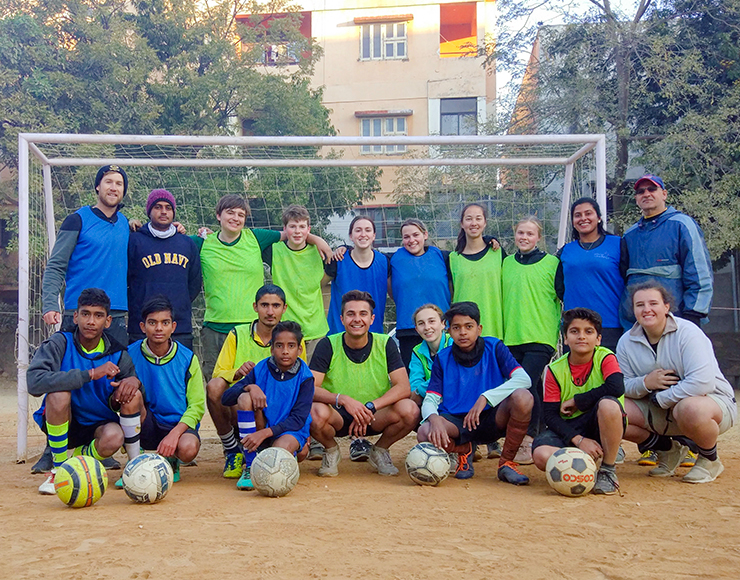
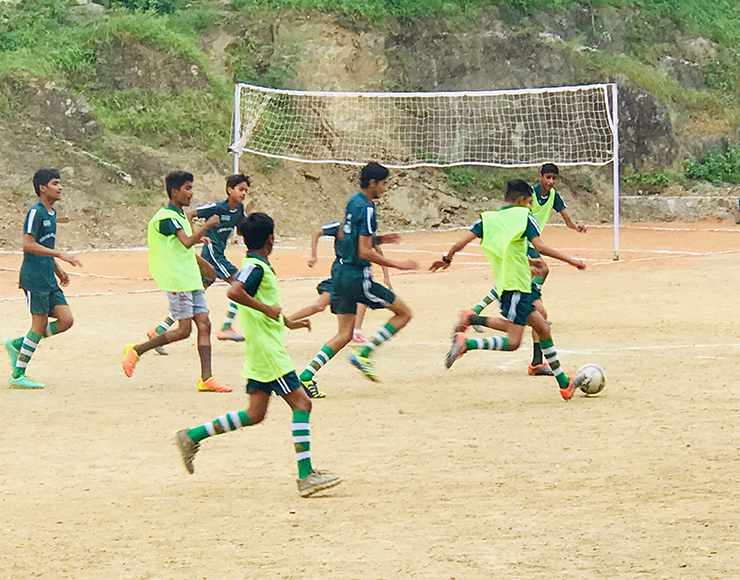

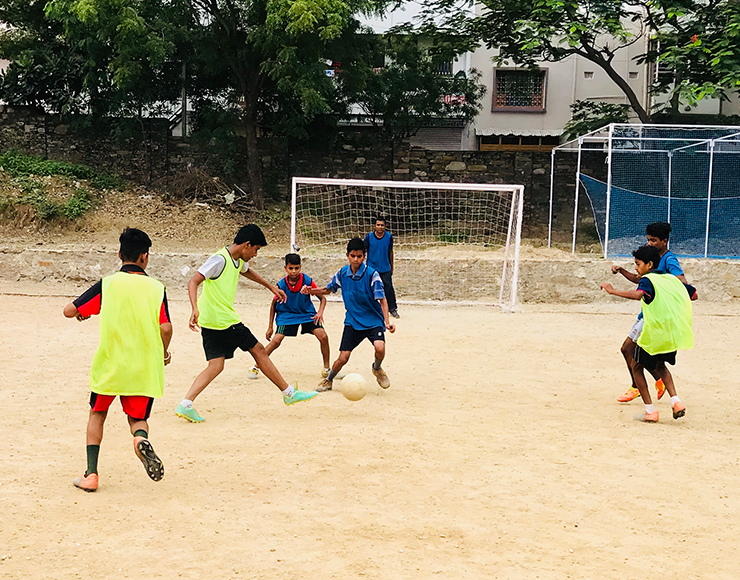
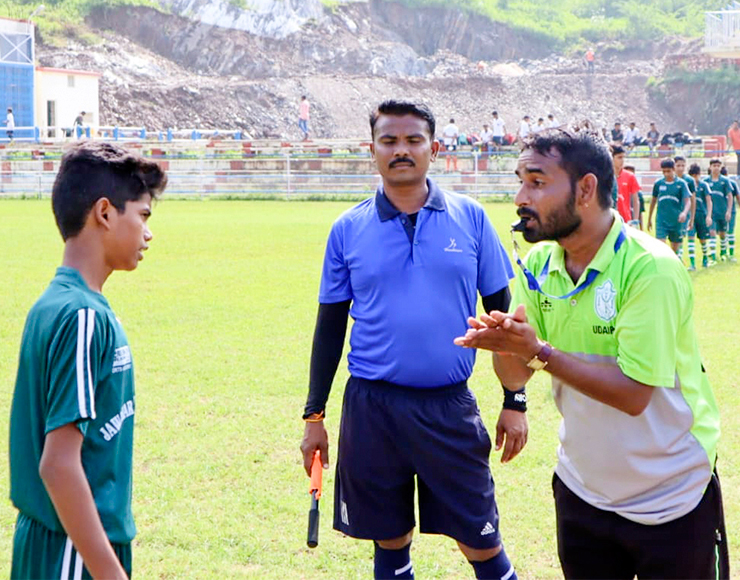

Instant Book
Football Coaching Volunteer Project in India, Goa
Join our football coaching volunteer project in India and coach football to children in the stunning city of Goa. You will organise football coaching sessions in ...
from
£400 £375
/ person
durations start from
7 days

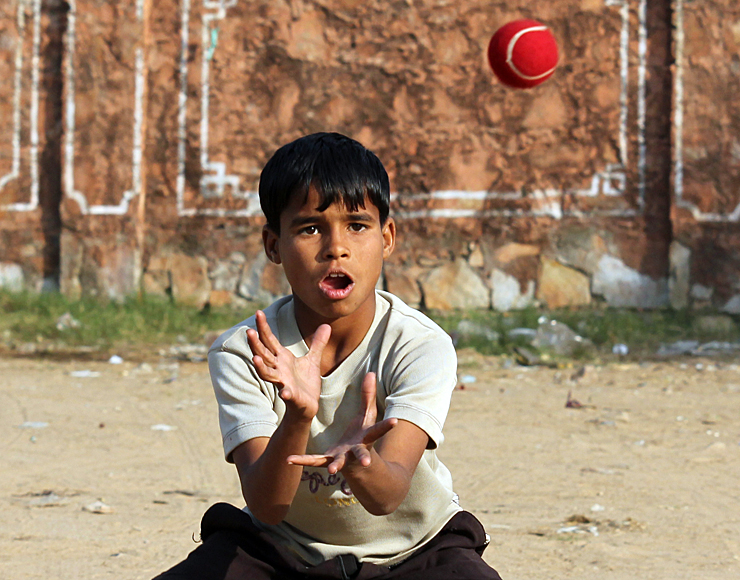
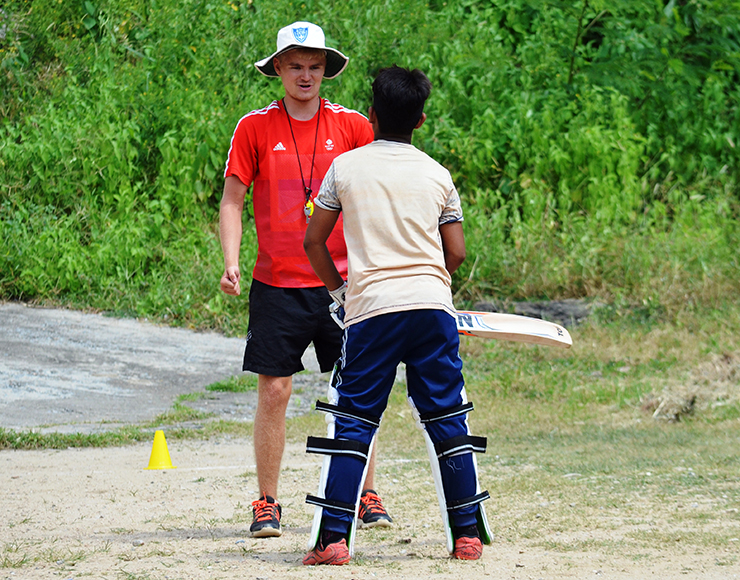
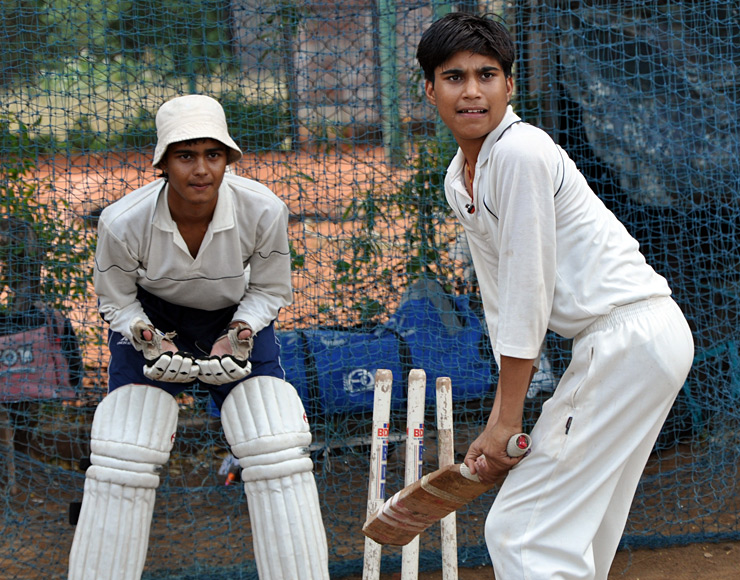
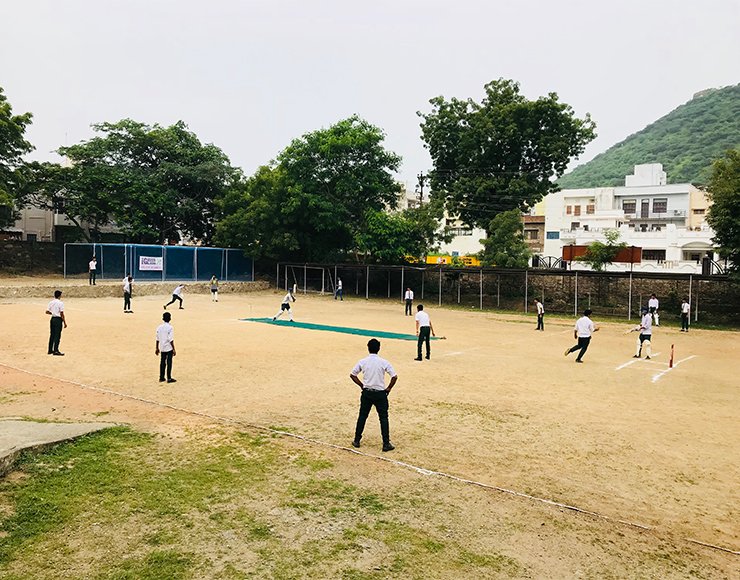

Instant Book
Cricket Coaching Volunteer Project in India, Goa
Experience India’s passion for cricket first hand by volunteering on our cricket coaching project. You will coach cricket to enthusiastic children in schools around ...
from
£400 £375
/ person
durations start from
7 days